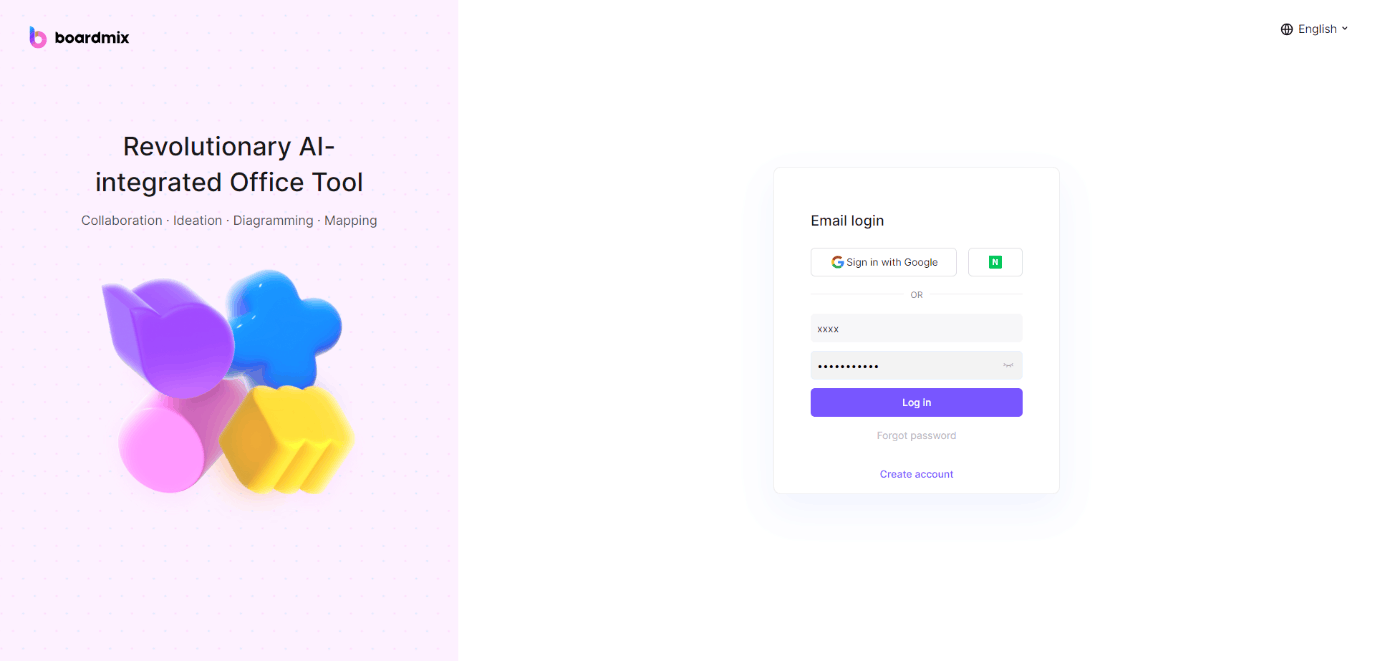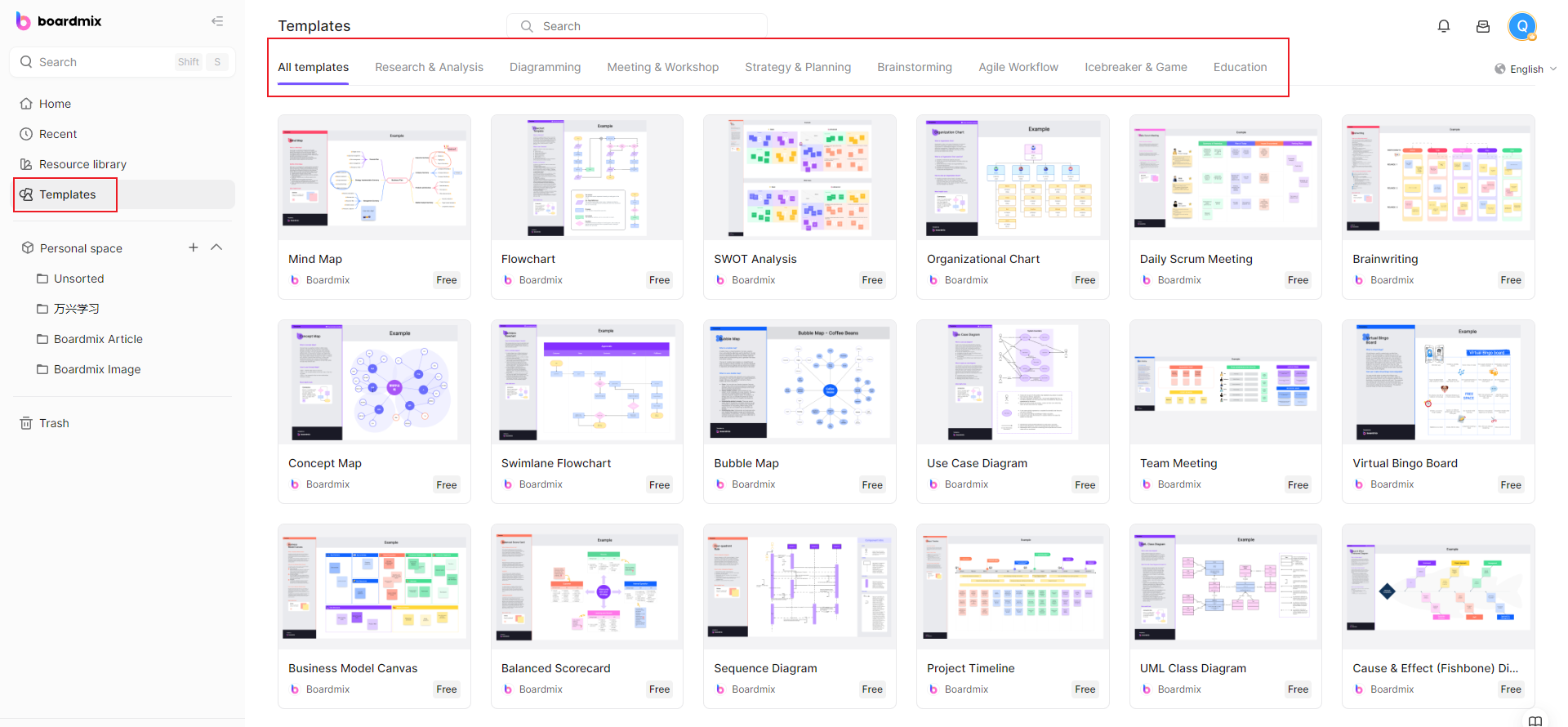What is a pros and cons list?
Decision-making will take a toll on you when not thought of properly. While you can easily decide what to eat for brunch or dinner, other aspects need thorough consideration. The pros and cons list template will be helpful for businesses and organizations, especially when it involves significant investments.

Generally, the pros and cons list allows you to decide on topics with positive and negative characteristics. The diagram will have two sections - the pros and the cons. There are other ways to apply this template, including requesting a raise, looking for a new job, launching a new service or product, or accepting a job offer.
Benefits of Using a Pros and Cons List
- The list allows you to cover critical factors that can affect your decision. Since you're thoroughly thinking of all the possible pros and cons, the likelihood of missing out on essential points is low.
- A pros and cons list template is simple yet comprehensive. You need not have complex analysis or computations to understand the diagram.
- It prevents you from making impulsive decisions. The template provides a gap where powerful emotions will dissipate, which reduces the risk of rushed decision-making.
- Whether for organizational or personal purposes, the pros and cons list lets you consult your peers or colleagues and provide inputs before you make the final decision.
Step-by-Step Guide on Using a Pros and Cons List Template
BoardMix is a good online whiteboard to create a comprehensive pros and cons list to weigh the advantages and disadvantages of different options.

-
Format the pros and cons list. This means you must think of a pros and cons list template. The most commonly used diagram is the T-chart with a horizontal and a vertical line. Write 'Pros' on the left and 'Cons' on the other side. You can also be creative with your illustration and assign shapes or colors if you wish to.
-
Think and list the pros. It pays to brainstorm the positive elements of deciding on the topic involved. Write them down under the 'Pros' section of the template. You can use some questions to guide you in listing the advantages, including the following:
- What are the benefits you'll gain that you currently don't have?
- What could you achieve from that decision?
- How will it contribute to your career plans?
- What are the primary advantages of your decision?
-
Brainstorm all the cons and list them. You can follow the same process as listing all the pros in your chart. In this case, you must place these insights under the cons category on the chart. Consider the reasons why the decision is not in your best interest. Consider the risks associated with the decision, the challenges the situation presents and whether you can overcome them, and possible hindrances the decision will have on your career goals
-
Include third-party pros and cons. It usually focuses on the effects of your decision on others. This section on the pros and cons list template is optional. You can list some names of those who might be the recipients of the impacts of your choice. It's also fitting to include their feelings about your final decision.
-
Keep your points straightforward. As much as possible, you do not want to fill your chart with so many words. If you can create shorter phrases, the better. It's easier to read and comprehend. You might want to include some explanations on your points but ensure not to make long paragraphs.
Examples of Pros and Cons Lists
The Pros and Cons of Owning a Pet

The example below is a simple list of pros and cons outlining the benefits and drawbacks of owning a pet. As you can see, several points might be placed on the chart, but they're concise and easy to understand. The creator also used minimal colors for the template not to overpower the chart's main elements. Remember to add third-party pros and cons at the bottom of your diagram.
The Pros and Cons of Functional Organizational
Like all organizational systems, the functional structure is not without its challenges. A functional organizational structure segregates employees into separate units based on their specializations. Different departments within a functional structure might have competing priorities leading to conflict. To mitigate these issues, organizations must ensure robust communication mechanisms, foster a company-wide mindset over a department-centric one, promote flexibility, and cultivate a culture of mutual respect and understanding across departments. By tackling these drawbacks head-on, companies can optimize their functional structures for success.

The Pros and Cons of Online Learning
Like the illustration below, you can always be creative while making the pros and cons list template. It's different from the typical T-chart you usually see in this kind of diagram. The good thing about editable templates is that you can use images and customize the font size and style to make it visually appealing. The template smartly used neutral colors, highlighting the pros and cons list.

How to do a good pros and cons list in Boardmix?
Creating a pros and cons list is an effective decision-making tool that can help you gain a balanced view of the various options available to you. Let's delve into how to create one that's truly beneficial.
Step 1: Sign Up for a Free Account
The first step is to sign up for a free account on the Boardmix website. You can do this by providing your email address and creating a password.

Step 2: Create a New Board
After signing up, log into your Boardmix account. Click on "New board" on your homepage. Name your new board according to the type of tasks it will contain.

Step 3: Use the Pros and Cons List Template
Once you've created a new board, you can start creating a pros and cons list. You can do it quickly by employing the ready-made template offered by Boardmix.

Step 4: Customize Your Pros and Cons Template
Firstly, start by defining your objective. What's the decision you're trying to make? Be as specific as possible. For instance, instead of saying "I want to change jobs," say "I want to change jobs because I'm looking for better career growth opportunities."
Once your objective is clear, draw a vertical line down the middle of a sheet of paper. Label one side 'Pros' and the other 'Cons.' Now, brainstorm and jot down all the positive aspects related to your decision on the 'Pros' side. These could include potential benefits, opportunities, and positive outcomes.
On the 'Cons' side, list all the potential drawbacks, risks, or negative outcomes associated with your decision. Don't hold back - it's crucial to be honest with yourself during this process.
Remember to consider both short-term and long-term implications for each point. For example, a new job might offer an immediate salary increase (short-term benefit), but it might also require more travel time (long-term disadvantage).
Once you've listed all the pros and cons, assign a value or weightage to each point based on its importance to you. This will help in determining which points carry more weight in your decision-making process.
Finally, review your list objectively. Which side weighs heavier? Is there a single pro or con that stands out as a deal-breaker? Reflecting on these points will guide you towards making an informed decision.






